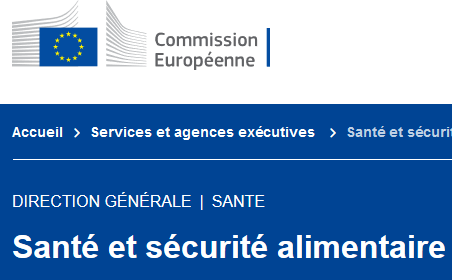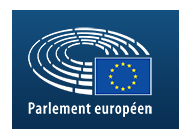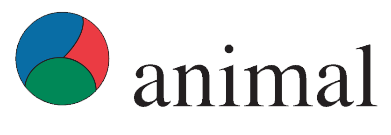Document type : Audit report of the DG Health (EU)
Preview: The report describes the outcome of an audit of Ireland performed from 23 November to 2 December 2020. The objective of this audit was to determine whether the authorities responsible for animal welfare on farms have a strategic approach to enforcement of European Union requirements, whether controls follow "quality management" principles and whether they and the agri-sector use animal welfare indicators to measure the severity, extent and permanence of animal welfare problems. This audit, which was included in DG SANTE ́s work programme for 2020, was performed remotely. The competent authority's approach to setting objectives, planning and reporting of official controls is strategic. The animal welfare unit is, since October 2020, a stand-alone division and this demonstrates the commitment of the competent authority to address animal welfare issues and initiate improvement on the animal welfare standards. The competent authority has a systematic, focussed, evidence and risk-based approach in organising and delivering the official controls on animal welfare at the farm level. In addition, the availability of a wide range of tools, the technical knowledge, staff training and awareness, cooperation and the innovative and inclusive approach (interaction with stakeholders (research institutes, private quality assurance schemes, farmers associations)) support the system and can enhance its effectiveness. A system for the measurement of animal welfare with the use of indicators is under development. The audit included broiler, pig and cattle sectors within its scope and at this stage there is an established indicator only for the broiler sector (footpad dermatitis). The competent authority has not translated the objectives set out in the Multi Annual National Control Plan into operational objectives. The objectives set out in the annual business plans are not well developed and there are no clear objectives nor targets at the level of the official controls. This means that the competent authority misses the opportunity to use a measurement system to demonstrate the level of compliance with animal welfare legislation, and to determine whether they are meeting their objectives and achieving demonstrable animal welfare improvements at farm level. There are certain shortcoming reducing the impact of the official controls in ensuring compliancewith welfare requirements :
- the prioritisation of official controls does not take into account all relevant risk factors and does not define regular and appropriate frequency for the controls,
- absent and/or inconsistent documented procedures,
- inadequate enforcement of legal requirements (e.g. stocking densities on pig farms),
- lack of arrangement in place to ensure that actions are taken as a follow-up of monitoringat the slaughterhouse (broiler sector)
The report contains recommendations to the competent authority to address the shortcomings identified.






